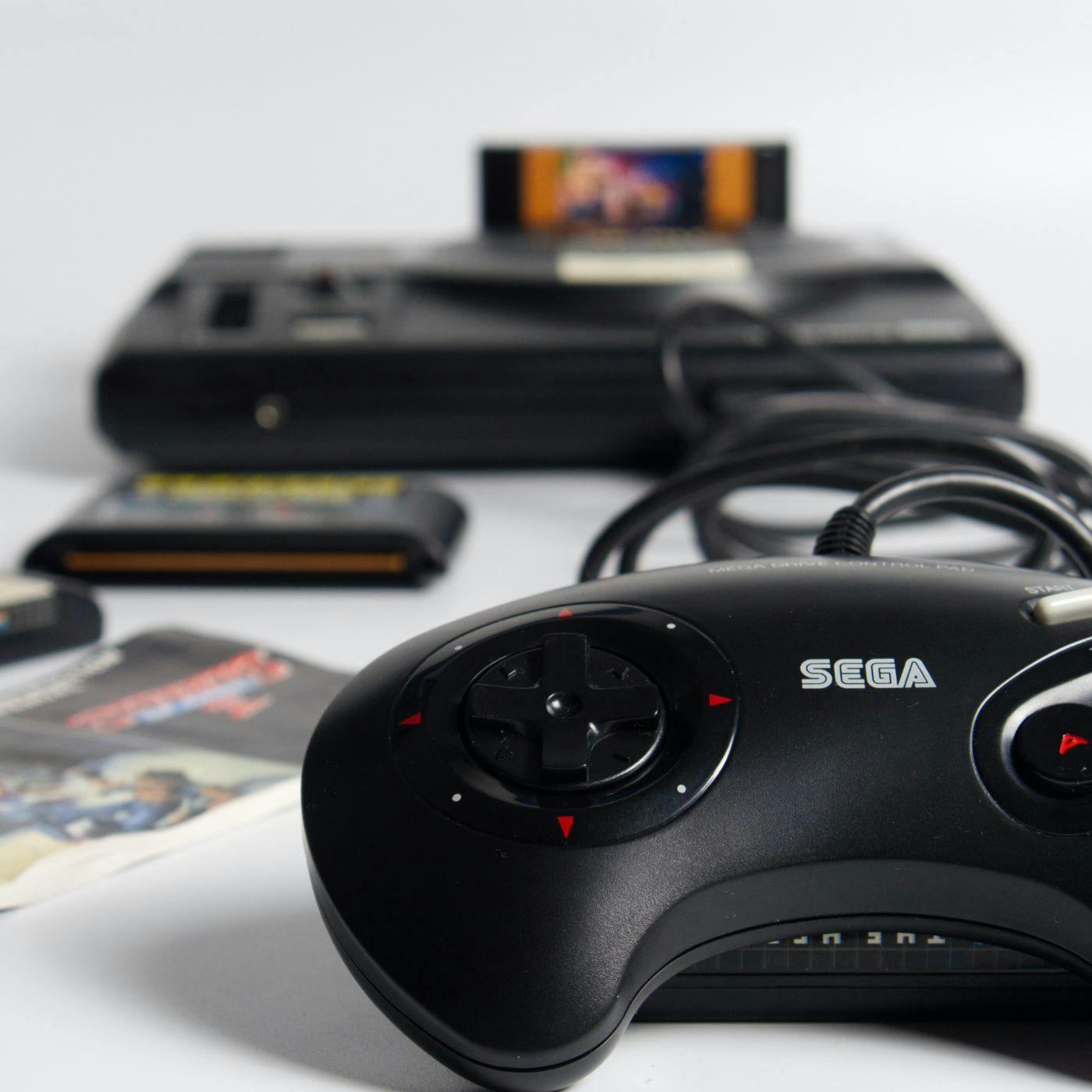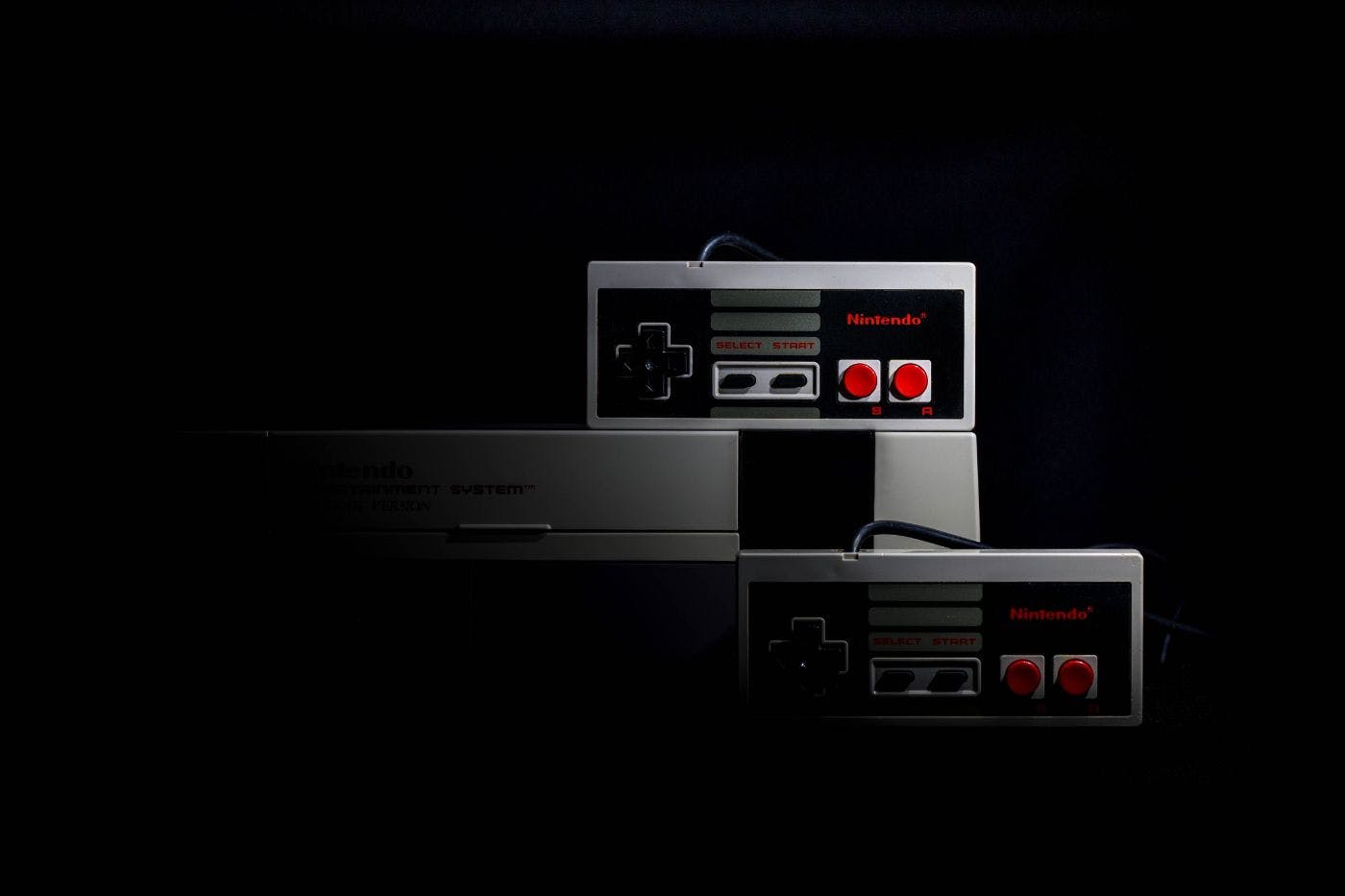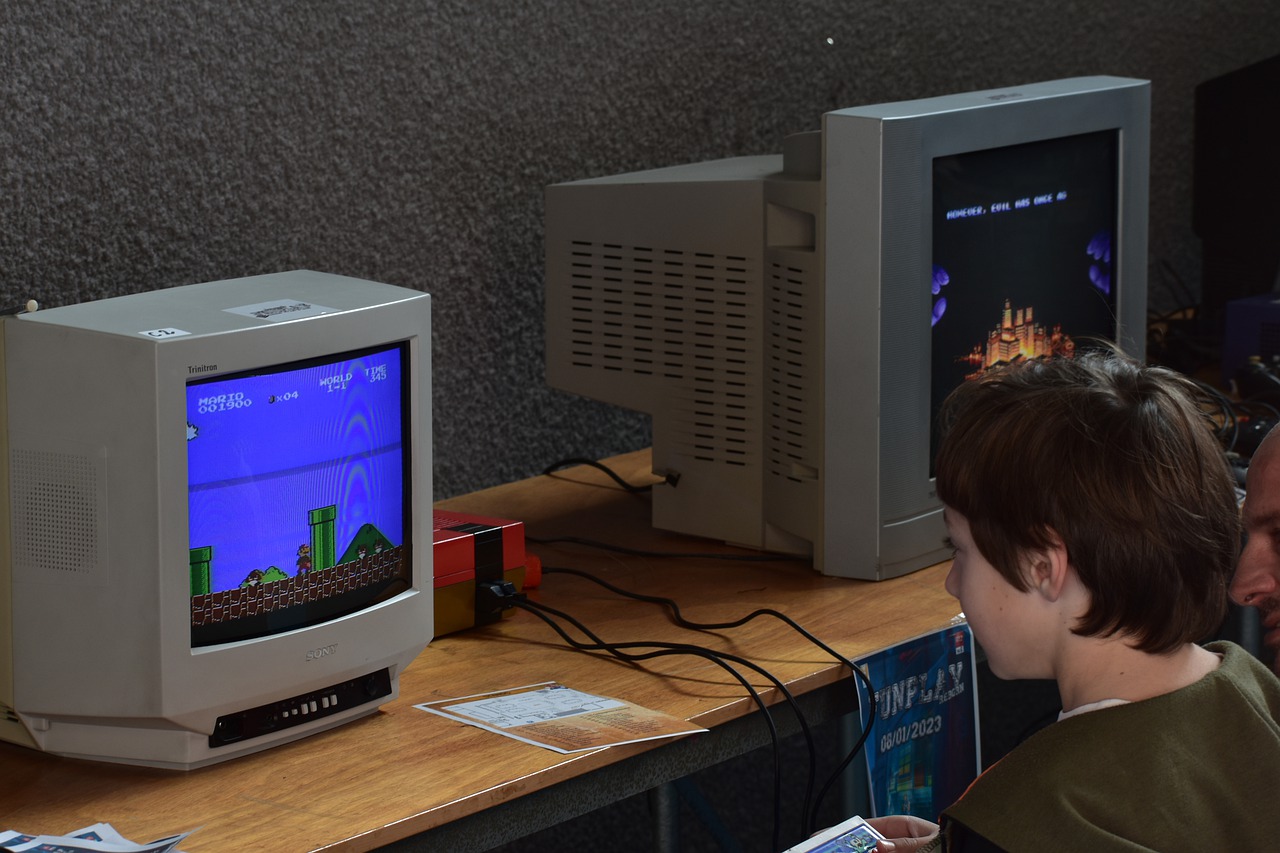Quality over quantity. That seems to be the golden rule when running a business and producing products that will be put into the hands of consumers. But in the case of the video game crash of 1983, the concept of putting out low quality products was so widespread that it led to the entire gaming industry almost collapsing.
When you’ve got a deadline to meet, and money has been spent on a product in terms of marketing, research and development, and overhead costs necessary to keep the business afloat, it’s easy to try and cut corners. The problem with cutting corners is that it often leads to a much lower quality product in the long run.
Low quality products damage consumer trust in your company, your products, and your brands. Subsequently, this would drive consumers from you to your competitors, which in most cases just lowers a company’s revenue for the year. In the 1980s, the video game industry had almost put the final nail in its own coffin, and if it wasn’t for Nintendo coming out with an innovative solution, the gaming industry as we know it wouldn’t have survived the video game crash of 1983.
Table of Contents: 1: Before The Video Game Crash 2: Lead Up To The Video Game Crash 3: Video Game Crash of 1983 4: Final Thoughts
Before The Video Game Crash
Gaming was extremely popular in the late 1970s and 1980s. Arcade games were a favorite pastime of young and teenage children across America. It was common to see kids dropped off at arcade centers after school or on the weekends with a pocket full of quarters for an afternoon full of arcade fun. As gaming grew in popularity, home consoles started to release, that would allow gamers to play at home instead of having to drive out to the arcade every time they wanted to play Pac-Man.

Millions and millions of dollars were being made in gaming and it seemed like everyone wanted a piece of the pie. The popularity of gaming was so high that companies that were involved in industries that had nothing to do with gaming, such as Quaker oats started investing in games and console development. And that attention is a large part of what led up to the industry as a whole crashing.
The video game crash of 1983 actually looked rather similar to the streaming wars that are taking place today. Every company wanted to have their own platform to try and generate as much revenue as possible. Companies back then wanted as much profit as they could generate off of gaming, so multiple companies started developing and releasing their own gaming consoles. The Mattel Aquarius, the Videopac+ G7400, and Super Cassette Vision were just a few of the consoles on the market.
There were also a plethora of developers and development teams releasing games for these different consoles on the market. Releasing licensed movie tie-in games was especially popular and lucrative in the industry because children loved going to the movies and seeing their favorite characters on the big screen. So being able to come home, or go to the arcade and continue their adventures was heavily marketed to children and their parents.
The problem with there being so many consoles and so many games is that quality began to take a nosedive. Companies started to believe that consumers would buy anything that had a big name attached to it, and that the quality of the product didn’t matter so long as it sold. Back in the 80s the internet wasn’t widespread in the way that it is today. Online review outlets for video games and gaming consoles were years away. The only ways to find out whether a game, or a console were worth the money were to either buy them and play them yourself, or rely on word of mouth. Eventually word of mouth turned sour, and that led directly into the video game crash of 1983.
Lead Up To The Video Game Crash
In the early 1980s the United States was undergoing an economic recession, which meant that there was less money to go around, especially when it came to leisure activities. As an end result, consumers were more conscious about what they were spending their money on, and how much money they were spending.
More conservative spending caused a problem for gaming publishers and console makers that had invested tens of millions of dollars into games and consoles but weren’t seeing the return on their profits that they were hoping for. The solution offered was to spend less time and resources on games and essentially just put them out onto the market.

Because the games were released on a shoestring budget, it’d be easy to make a profit if companies could get consumers to buy, which is why licensed tie-in games were so popular. But eventually word of mouth started catching up to publishers, because people started talking about how poor quality the games being released were. One of the most infamous examples is Atari’s E.T. The Extra Terrestrial movie tie-in that was developed in only 6 weeks to be released alongside the film.
Once consumers started seeing that the games being released weren’t worth the money they’d cost to buy, consumer spending shifted from home consoles and arcades to home computers. Computers were expensive, just like consoles were, but computers were more versatile, because they could play games, but they could also be used for work, so they were a more worthwhile expenditure. The funds that used to be spent on gaming being diverted to other products led to the video game crash of 1983.
Video Game Crash of 1983
Nintendo was founded in Japan and had been making video games since the 1970s. Its first console didn’t release until 1985 when the NES, a cartridge based game console, hit store shelves. The impact of the NES was felt immediately because of the way that Nintendo ran an extremely tight ship when it came to the games being released on their console. Unlike what console makers had been doing previously, Nintendo only allowed developers that were specifically licensed and had been given permission to develop and release games for the NES.

To ensure that this standard was met, Nintendo developed a control chip that would talk to the NES and authenticate the game trying to be played. If that chip wasn’t present or it didn’t pass authentication, the game wouldn’t run. And Nintendo only gave out the control chips to licensed developers, so no one but developers that were handpicked could release games on the NES. This licensing strategy led to fewer games being released for the NES than its other console counterparts at the time, but it also led to a higher quality of games, and record breaking revenues with the NES selling over 60 million units.
Final Thoughts
Quality over quantity.
A concept that sounds so simple, but when money is involved, things get a little more complicated. It’s easy to look back at the video game crash of 1983 and ask ourselves “how did companies not see they were making mistakes?” And maybe they should have noticed. But hindsight is 2020, we learn from the past and make an effort to not make its mistakes again in the future.
Thankfully in this case, the mistakes of the past didn’t lead to the death of the gaming industry, but its salvation through Nintendo and its console development that continues to innovate and set industry standards to this day.
This article was originally published by Brandon Allen on Hackernoon.












